In industries where raw materials drive production, efficiency depends on how these materials are stored, transported, and processed. This is where bulk material handling equipment comes into play. From conveyors for material handling to cranes and hoists, this specialized equipment ensures that large volumes of loose, granular, or powder materials move smoothly through every stage of industrial operations.
Whether it’s mining, agriculture, construction, or logistics, bulk material handling systems are essential for safety, productivity, and cost efficiency. In this guide, we’ll explain what bulk material handling equipment is, how it’s used, and why it’s a cornerstone of modern industrial operations.
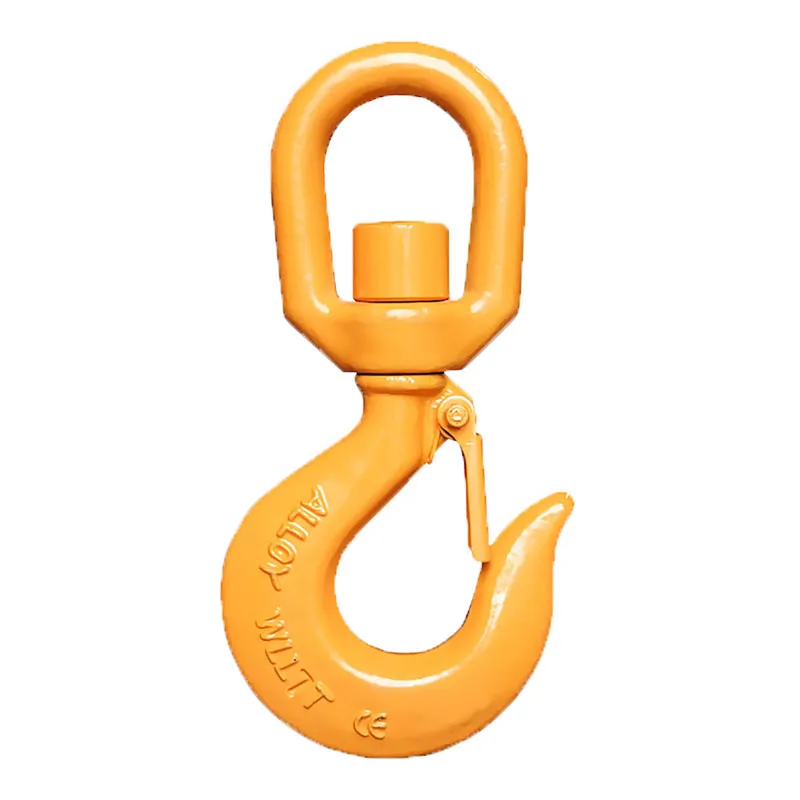
Table of Contents
ToggleDefining Bulk Material Handling Equipment
Bulk material handling equipment is a category of material handling equipment designed specifically to manage free-flowing materials like coal, ores, grain, cement, or sand. Unlike manual material handling tools, which are labor-intensive, these machines are built for high-volume movement with minimal human effort.
To understand the foundation, see What Is Material Handling? Types, Equipment, Functions, Safety, and Warehouse Optimization.
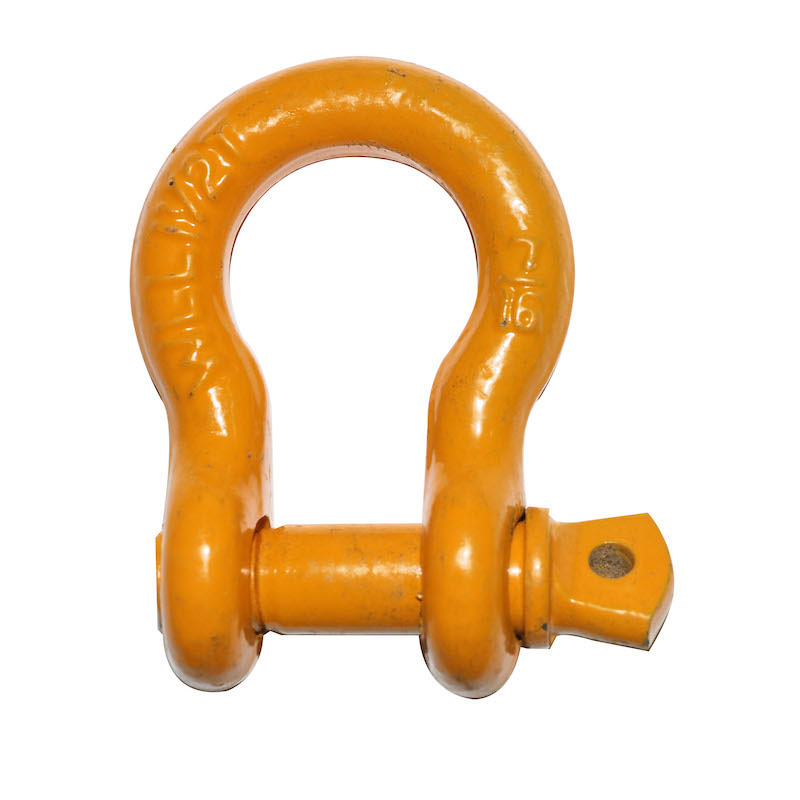
Common Types of Bulk Material Handling Equipment
- Conveyors for Material Handling
Belt conveyors, screw conveyors, pneumatic conveyors, and bucket elevators are the most widely used for continuous movement of bulk goods. - Cranes and Hoists
Essential in heavy-duty settings for lifting oversized loads. Pairing them with attachments like a stone lifting clamp allows for secure transport of blocks, slabs, or irregular items. - Forklifts for Material Handling
Used in warehouse material handling equipment operations to move palletized bulk goods with efficiency. - Bulk Storage Solutions
Silos, hoppers, and bins are integral parts of bulk material handling systems, ensuring materials are stored safely before processing. - Vacuum Lifters and Specialized Tools
Equipment like vacuum lifters or slab lifters add versatility to handling operations where precision and safety are paramount.
Applications of Bulk Material Handling Equipment
- Material Handling for Warehouses: Moving and storing bulk packaged goods efficiently.
- Material Handling for Manufacturing: Feeding production lines with raw materials like powders, chemicals, or metals.
- Material Handling in Construction: Transporting cement, gravel, and stone blocks. Specialized devices like the vacuum paver lifter streamline installation processes.
- Material Handling in Logistics: Managing bulk cargo during shipping and receiving.
- Material Handling in Food Industry: Ensuring sanitary, contamination-free movement of grains, sugar, flour, and more.
- Pharmaceutical Material Handling Systems: Handling sensitive powders with precision and compliance.
For further exploration, see What Is Bulk Material Handling?.
Benefits of Bulk Material Handling Equipment
- Efficiency & Productivity
Bulk systems reduce cycle times and improve throughput compared to manual operations. - Worker Safety
By minimizing manual lifting, equipment reduces risks. Still, operators must follow safety practices such as avoiding loose clothing. - Cost Effectiveness
Although automated material handling systems require investment, they reduce long-term labor and maintenance costs. - Scalability
Systems are adaptable across industries, from small warehouses to large industrial facilities.
Automated vs. Manual Bulk Material Handling
The debate between automated vs manual material handling often depends on company size and operational demands:
- Automated Systems: Ideal for large-scale operations requiring speed, consistency, and reduced labor reliance.
- Manual Tools: Still preferred by small businesses for low-cost material handling solutions, especially where flexibility is required.
For companies unsure of where to start, consulting with material handling equipment manufacturers and system suppliers is the best way to design solutions that balance cost, safety, and efficiency.
Safety and Training Considerations
Even with automation, human oversight remains critical. To reduce workplace risks:
- Follow material handling safety standards.
- Provide material handling training programs to ensure correct usage of forklifts, cranes, and conveyors.
- Regularly maintain equipment and ensure proper use of accessories like clamps and lifters.
For workforce-related impacts, see How Does Material Handling Impact the Human Labor Force?.
Conclusion
Bulk material handling equipment is the backbone of modern industries, providing the efficiency, safety, and reliability needed to manage large volumes of raw materials. From conveyors and cranes to forklifts and specialized clamps, these systems form the foundation of industrial material handling solutions across construction, logistics, manufacturing, and beyond.
With advances in automated material handling systems, companies now have the opportunity to optimize productivity while reducing costs and risks. For businesses seeking a reliable entry point, platforms like ToolRange and trusted manufacturers can provide scalable solutions tailored to their needs.
✅ Related Resources:

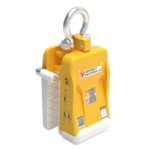
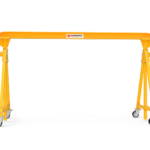
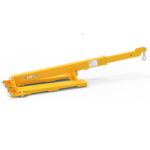
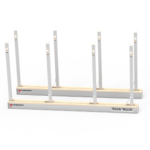
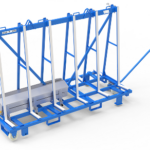

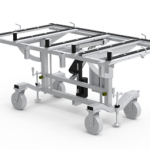
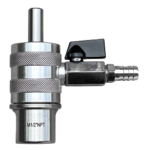
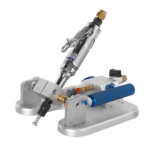
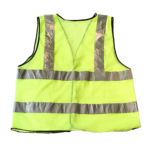

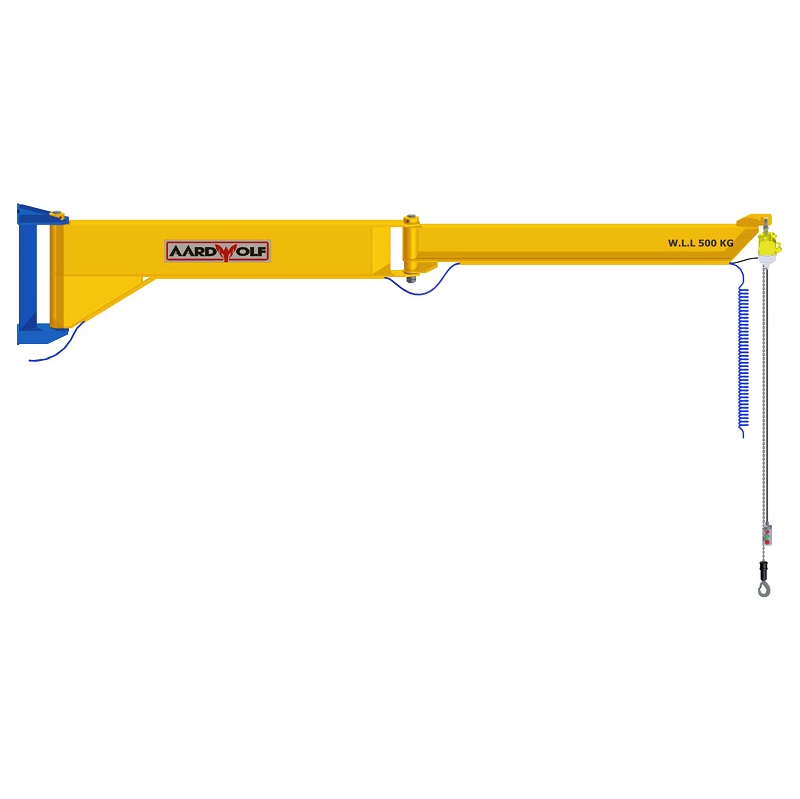
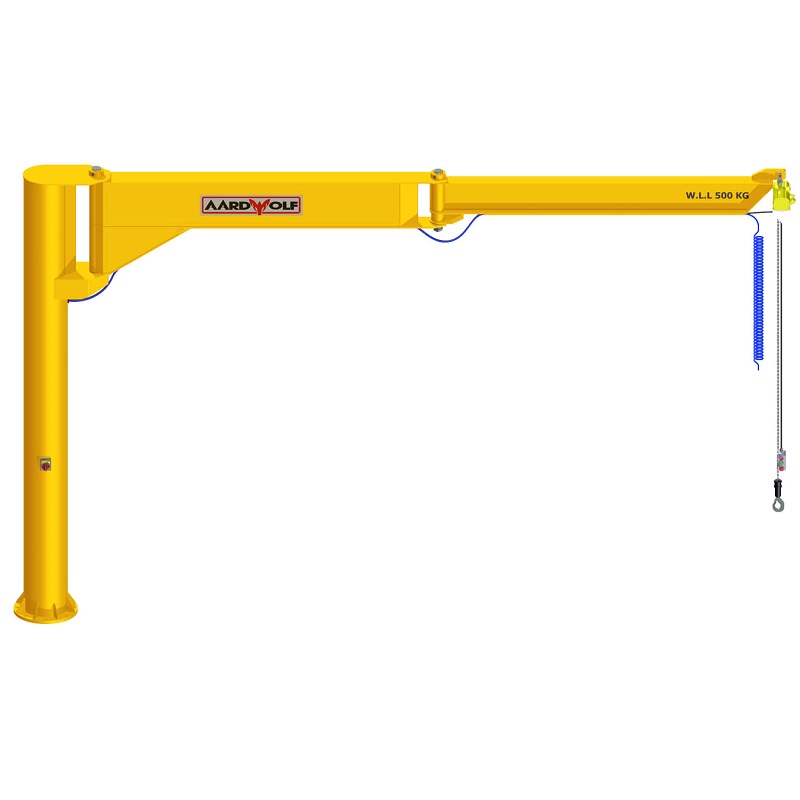
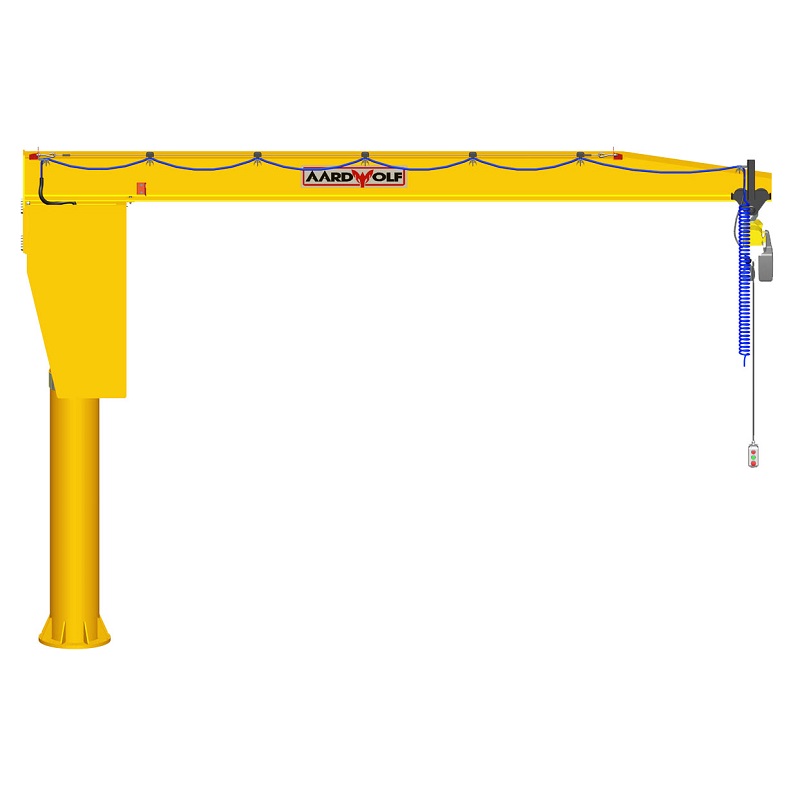


Please log in to leave a comment.